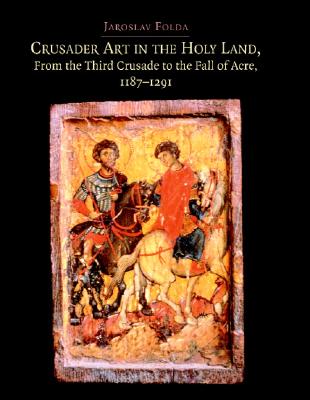By Jaroslav Folda (NHC Fellow, 1988–89; 1998–99; 2006–07)

Cambridge, UK: Cambridge University Press, 2005
From the publisher’s description:
This book tells the story of the Architecture and the Figural Art produced for the Crusaders after the battle of Hattin and the fall of Jerusalem in 1187, during the one hundred years that Acre was the capital of the Latin Kingdom of Jerusalem, 1191–1291. It is an art sponsored by kings and queens, patriarchs and bishops, clergy, monks, friars, knights and soldiers, aristocrats and merchants, all men and women of means, who came as pilgrims, Crusaders, settlers, and men of commerce to the Holy Land. The artists are Franks and Italians born and/or resident in the Holy Land, Westerners who traveled to the Latin East, Eastern Christians, and even Muslims, who worked for Crusader patrons.
Subjects
Art / Religion / History / Crusades / Art History / Christianity / Visual Arts / Palestine /Folda, Jaroslav (NHC Fellow, 1988–89; 1998–99; 2006–07). Crusader Art in the Holy Land: From the Third Crusade to the Fall of Acre, 1187-1291. Cambridge, UK: Cambridge University Press, 2005.